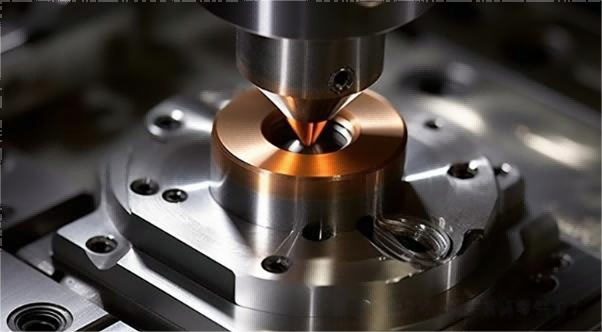- Jul 10, 2024
CNC lathes are versatile machines capable of performing a variety of machining operations to create specific part features. While turning is the most common operation, lathes can handle numerous types of turning operations. Understanding these operations and their characteristics is crucial for achieving desired results in different projects.
How Turning Operations Work
Turning is a CNC machining process that creates cylindrical parts by moving a cutting tool along a linear path while the workpiece rotates. Typically performed on a lathe, the workpiece is held against a fixed cutting tool, which shapes the part as it rotates.
Working of CNC Lathes
- Setup: The machinist calibrates the CNC turning equipment for optimal performance and securely mounts the workpiece on the lathe spindle.
- Tool Selection: The cutting tool is chosen and placed inside the turret for efficient changes based on the material and design requirements.
- Program Loading: The CNC machining program is loaded into the system, directing workpiece rotation and controlling tool movement.
- Machining Operation: The CNC machining begins, with the workpiece rotating and the cutting tool shaping it according to the programmed design. Cutting parameters are adjusted for optimal material removal and accuracy.
- Real-time Monitoring: Sensors monitor conditions during turning, making real-time adjustments to ensure consistency and quality.
Types of Turning Operations
- Rough Turning: Quickly reduces the workpiece to a near-final thickness, prioritizing speed over accuracy and surface quality.
- Finish Turning: Achieves precise dimensions and smooth surfaces, focusing on accuracy and fine detailing.
Importance and Versatility
Turning is essential in CNC machining for creating complex components with precise cuts. It is versatile, accommodating various materials and shapes. The wide range of turning operations available enhances its utility in different applications, making it a vital process in manufacturing.
CNC lathes are indispensable for their ability to perform diverse turning operations. Understanding the various types and their specific applications helps in selecting the best method for each project, ensuring optimal results and efficiency. Whether for roughing or finishing, turning remains a critical operation in achieving high-quality, precision-engineered parts.


